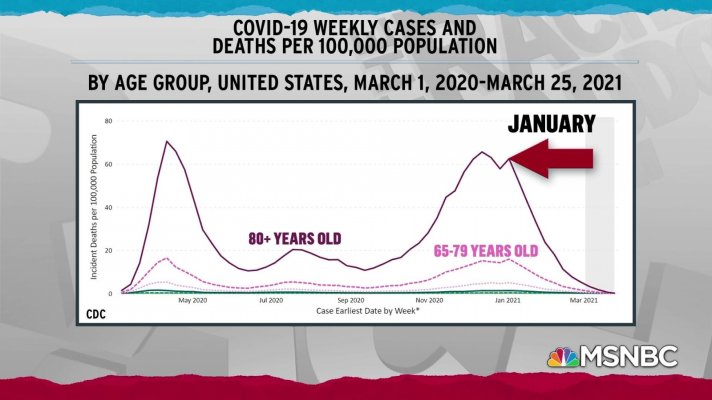It’s one thing to test a vaccine, and another to see it in action in the real world. More than two months after the first vaccines were authorized in the U.K. and U.S., strong data have emerged showing that the shots are doing what they are supposed to do: protect people from COVID-19.
In a study published Feb. 24 in the New England Journal of Medicine, researchers in Israel and the U.S. report that the vaccine made by Pfizer-BioNTech was highly effective in protecting against infection with the COVID-19 virus, lowering people’s chances of getting sick with the disease—especially severe disease—and dropping COVID-19 hospitalization rates. The data, says Marc Lipsitch, professor of epidemiology at the Harvard T. H. Chan School of Public Health and co-author of the paper, are “close to the best possible news.”
In a separate pre-print study published in the Lancet on Feb. 19 that hasn’t yet been peer reviewed, health officials in Scotland also reported that vaccination with either the Pfizer-BioNTech or AstraZeneca shot was helping to lower hospitalization rates due to COVID-19 in the country. Those results were especially encouraging, they said, because they showed that even a single dose of either vaccine was 85% to 94% effective in reducing COVID-19 hospitalization within a little more than a month after the first shot (the recommended dose is two shots of either vaccine).
The findings are a real-world harbinger of what the world can expect as more people get vaccinated and throw up a wall of immunity against the virus.

